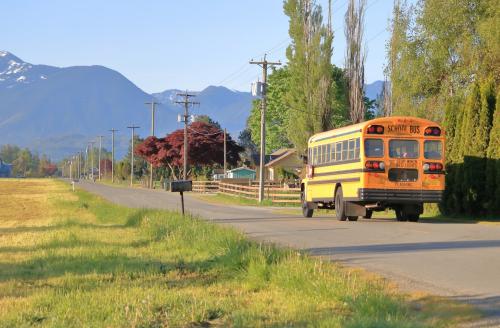Demographics are not destiny, but steady and predictable changes to the electorate play an important role in defining the landscape of American politics. Most demographic groups have a political lean, so a group increasing or decreasing in size over time will tend to benefit one party or type of politics over another. The most well-known example is the growth of the nonwhite population in the United States, which—since nonwhites tend to lean heavily Democratic—is typically viewed as tilting the electoral terrain somewhat toward the Democrats over time as well as increasing the weight of nonwhite voters within the Democratic Party over time. But other changes are important, such as the decline of noncollege educated voters, particularly whites; the aging of the adult population; and the rise of new generations to replace older ones.
In this report, we will explore the effect of these changes on the demographic composition of the electorate and, especially, on the composition of the two major political parties. Reflecting the latter focus, this analysis will not focus on how many individuals from a given demographic group voted or will likely vote for the Democratic or Republican candidate in a particular election. Rather, it focuses on how many people who voted or are likely to vote for the Democratic or Republican candidate in a particular election belong to a given demographic group.
While the former tells us about the political leanings of a given group, the latter answers different questions. While size is not the sole determinant of a group’s influence within a party, it is a significant input and affects how parties formulate positions and present themselves to the electorate. As we head into the 2020 presidential primaries, we are bound to observe the effects of party composition on how candidates for the presidential nomination—especially Democratic candidates, due to their intense competition for voters—position themselves to garner primary votes from different demographic groups within their party.
Our investigation turns up a number of key findings that illuminate how significantly the compositions of the Democratic and Republican parties have changed over the years and are likely to change in the future. We show that the 2016 election was the most graphically divisive election in the past 36 years. The parties were more divided by age, race, and education than in any prior election in modern political history.
Reflecting these intensifying divisions, the parties were more compositionally different in 2016 than at any point in the prior 36 years. This election was the first presidential election white noncollege voters did not make up a plurality of both parties’ coalitions, with white college voters exceeding the share of white noncollege voters in the Democratic coalition. Nonwhites will continue to grow as a share of both parties’ coalitions, especially Hispanics. We find that, by 2032, Hispanic voters will surpass black voters as the largest overall nonwhite voting group. And, by 2036, black voters will make up a larger share of the Democratic coalition than white noncollege voters. On the other hand, we find that white voters will continue to decline through 2036 as a share of both the Republican and Democratic party coalitions, though this decline with be considerably quicker in fast-growing states such as Arizona and Texas that are already less white.
White noncollege voters, in particular, are projected to decline rapidly as a share of both parties’ coalitions across all states through 2036, although the sharpest declines will, again, be in fast-growing states. Generational changes will also be substantial. By 2036, Millennial and Generation Z voters—the two youngest generations—will be heavily represented in both the Democratic Party and Republican Party coalitions, while the influence of Baby Boomer and the Silent Generation voters—the two oldest generations—will radically decline. White Millennial and Generation Z voters, in particular, will develop a large presence in the Republican coalition and, combined with nonwhites, will give the GOP a new look in all states—even slowgrowing ones such as Wisconsin and Ohio.
Finally, our data indicate that, while shifting turnout and support rates can be pivotal for winning elections, these changes are likely to have a relatively small impact on the overall makeup of the electorate and party coalitions in the future. Thus, most of the effect of demographic change on future party coalitions is already baked in and will reshape party coalitions—in a sense, whether these parties like it or not.
The Brookings Institution is committed to quality, independence, and impact.
We are supported by a diverse array of funders. In line with our values and policies, each Brookings publication represents the sole views of its author(s).







